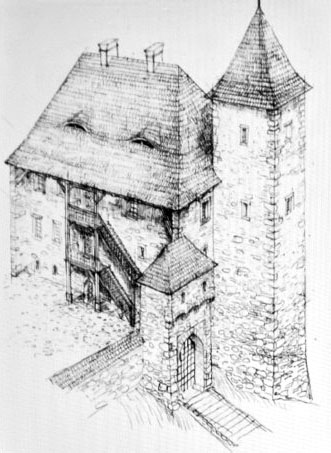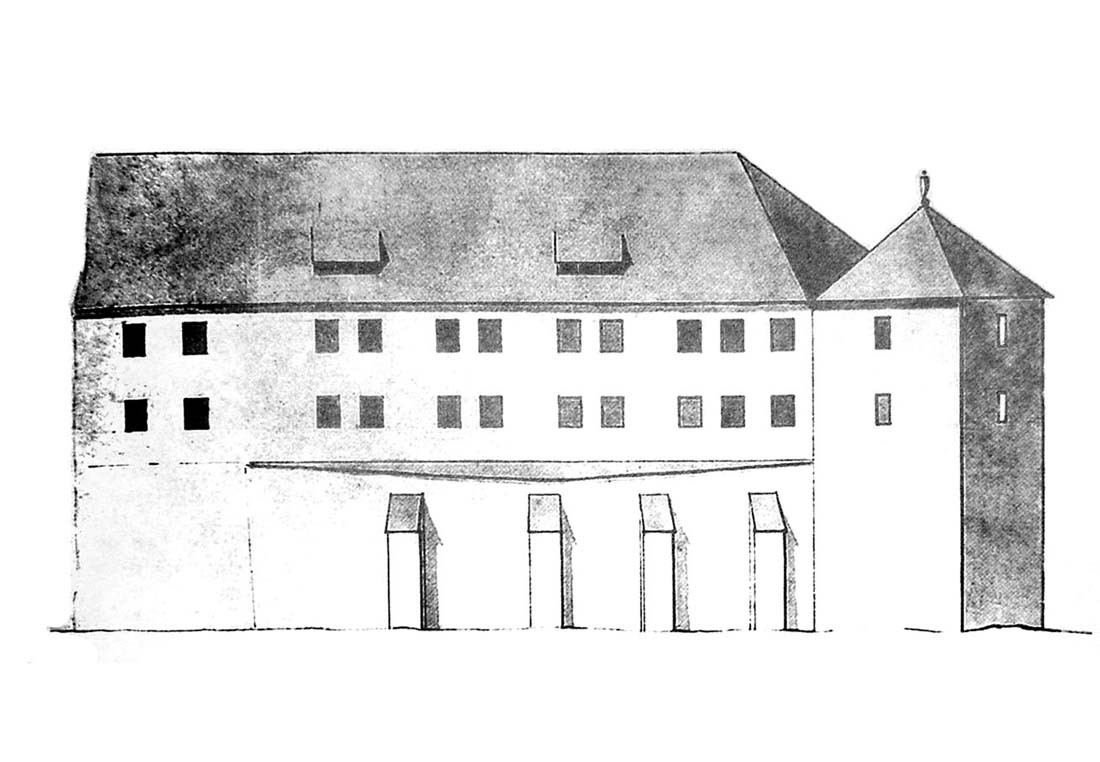History
The castle in Bochnia was founded in the 13th century, probably shortly after the start of salt mining and after receiving municipal rights in 1253. Initially, it was a wooden or stone-timber construction. It was the seat of officials controlling local mines. In the fourteenth century, during the reign of king Casimir the Great, the castle was expanded, it then obtained a fully stone form. The castle was cared for by subsequent rulers who often stayed in Bochnia during the country’s detours. In the sixteenth century royal salt official Seweryn Boner, transformed the building in the Renaissance style, among others, adorning the roof with attics. In 1785, the Austrians transformed the interiors of the castle into the apartments for officials. The castle lost its importance, but it was still maintained. It was not until 1875 that the walls and tower were partly demolished, giving the building the shape of an ordinary non-defensive house.
Architecture
The original castle from the thirteenth century probably consisted of a stone tower on a square plan, a small circumference of defensive walls and a timber house. In the 14th century, an extension was made, as a result of which a stone building, approximately 30 meters long and 17 meters wide, was added to the tower. The side of the tower was about 8 meters long. Thanks to early modern inventories, we know that there was a large representative room in the castle, a scribe’s office, a dining room, two rooms decorated with royal coats of arms and paintings of saints, and a chapel dedicated to Saint Stanislaus.
Current state
To this day, the main castle building has partially survived, but unfortunately has lost all original stylistic features. It is significantly lowered and has early modern and contemporary windows and entrance openings. Until recently, very neglected, supposedly after archaeological research is to be renovated and renewed.
bibliography:
Leksykon zamków w Polsce, red. L.Kajzer, Warszawa 2003.
Webpage zamki.pl, Zamek żupny w Bochni.




